When Something Looks Wrong in the Litter Box
As a cat parent, you probably know your cat’s litter box routine better than you’d like to admit. So when you notice something off, like a few drops of red in the stool, it hits hard. Your mind races to the worst-case scenarios. Could it be something serious? Is it an infection, a parasite, or something you missed at their last checkup?
But sometimes, the answer is surprisingly simple. It could be as simple as cats just not drinking enough water.
It’s a strange connection at first. Blood in stool and dehydration don’t seem like they belong in the same sentence. But in cats, those two things are often closely related. And when you understand how their bodies work, it starts to make more sense.
How Not Drinking Enough Water Can Cause Bleeding
Cats are already known for being low-key when it comes to drinking. Dogs will happily lap up a whole bowl after a walk. On the other hand, cats tend to sip sparingly and sometimes ignore their water bowls altogether. Their wild ancestors survived mostly on prey, so today’s indoor cats are still wired with a weak thirst drive.
Now here’s where things get tricky. When your cat doesn’t drink enough, the body tries to hold on to every drop of moisture it can. One way it does this is by pulling water from the stool in the colon. The result? Dry, hard poop that takes more effort to pass.
This is where things can go downhill. Straining to push out those dry stools can irritate the intestines or even cause small tears near the anus. That’s when you might spot blood. It’s usually bright red and fresh-looking, which means the injury is close to the exit point. In medical terms, this is called hematochezia. It might sound intense, but in many cases, it’s just a sign your cat’s digestion is under stress due to poor hydration.

What to Look For Besides Blood
Blood in the stool is just one of many signs that something is off with your cat’s hydration levels. The earlier you catch the other signals, the better your chance of avoiding more serious issues later on.
Here are a few clues that your cat might not be getting enough fluids:
- Dry or sticky gums when you gently lift the lip
- Skin that doesn’t snap back quickly when you pinch the scruff
- Lethargy or low energy levels for no clear reason
- Sunken or dull-looking eyes
- Smaller or fewer clumps in the litter box, meaning less urine production
These signs can be subtle at first, but together, they paint a picture of dehydration creeping in. By the time blood appears in the stool, your cat has likely been dealing with this for a while.
Why That Water Bowl Isn’t Cutting It
You might be thinking, “But my cat always has fresh water available.” That’s good, but the truth is, just offering a water bowl doesn’t always solve the problem.
Still water just isn’t exciting for most cats. It doesn’t move, it doesn’t make a sound, and over time it can start to smell or collect dust. If the bowl is placed right next to their food or litter box, many cats will simply avoid it. In their minds, water that’s too close to food or waste might be unsafe to drink. It’s instinct.
Plus, if the bowl isn’t cleaned daily, it can grow bacteria or develop a film on the surface. Even if you don’t notice it, your cat definitely does. They’re incredibly sensitive to smell and taste. Using a deodorizer can solve part of the problem, but it is far from enough. One bad experience with the bowl and they might start skipping drinks altogether.

How a Cat Water Fountain Can Actually Change Everything
This is where cat water fountains start to shine. It catches their eye, sounds like a stream, and feels fresher. Many cats that ignore bowls will suddenly start drinking more when a fountain shows up, simply because flowing water is more appealing to their attention.
One cat parent shared their story after spotting blood in their cat’s poop more than once. They tried many things. They changed their food and added fiber. They even tried medicines, but nothing worked. Then they realized their cat might drink much less water than it should. So they brought home a water fountain. Within a few days, their cat started drinking noticeably more. In two weeks, the bleeding stopped. The litter box looked normal again. It wasn’t magic. It was just hydration.
Aside from encouraging your cat to drink, fountains often come with built-in filters that keep the water clean and clear. That helps eliminate smells and particles that could make your cat turn up their nose.

Easy Tips to Help Your Cat Stay Hydrated
If you’re thinking of making the switch or just want to do more to keep your cat hydrated, here are a few tips that can help:
- Separate the water from food and litter. Find a quiet, clean corner of your home and place the fountain there. Cats appreciate having their resources spread out.
- Set up more than one water spot. Try putting multiple water sources in different areas around the house. The goal is to make your home feel like a little oasis, so wherever your cat wanders, there’s water nearby.
- Keep the fountain clean. Change the water every day and do a full clean at least once a week. It doesn’t have to take long, but it makes a big difference.
- Watch how your cat responds. Some cats take to pet fountains instantly. Others might take a few days to investigate and feel comfortable. Let them go at their own pace.
- Try wet food. if your cat is open to it. It’s another way to sneak hydration into their diet, especially if they’re still adjusting to drinking more.

When to Talk to Your Vet
While hydration plays a huge role in stool health, it’s also important to stay alert. If you notice blood regularly, or if your cat seems in pain or refuses to eat, it’s time to call your vet. Blood in the stool can sometimes signal infections, allergies, or other conditions that need medical care. You should prevent this from happening to your cat.
But for many cats, especially those that are young and otherwise healthy, bleeding stops once hydration improves. It’s a gentle fix to a problem that feels scary at first.
Better Water, Better Health
Blood in your cat’s stool doesn’t always mean something terrible. It could be your cat’s way of saying, “I need more water.” Instead of rushing to complicated treatments or switching foods over and over, start with hydration.
A cat fountain is one of those small changes that quietly does its job in the background. You might not notice it working right away, but your cat will. Their energy comes back. Their digestion smooths out. And those scary red streaks in the litter box might disappear completely.
So next time you top off a bowl of still water, ask yourself if that’s really the best way to support your cat’s health. Maybe what they need is something that flows, something that invites them in. Because better water means better health and that’s something every cat deserves. So, consider carefully whether a cat water fountain is worth it for your cat.


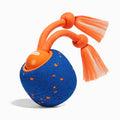

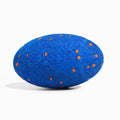


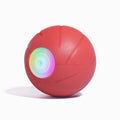
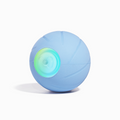
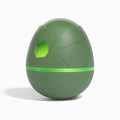
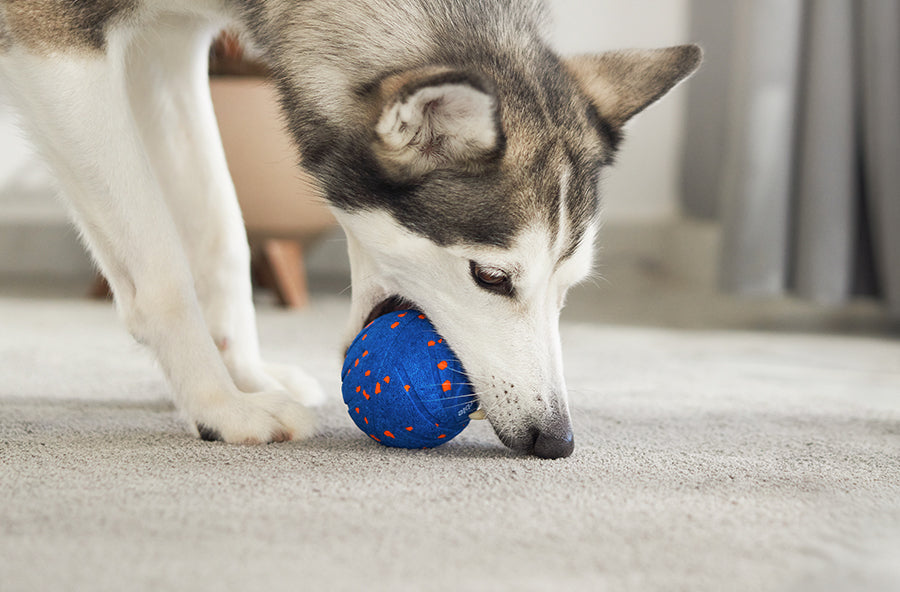
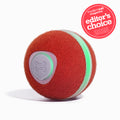
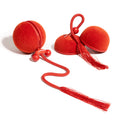
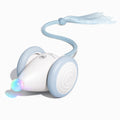
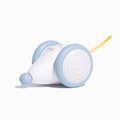
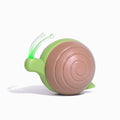
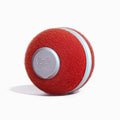
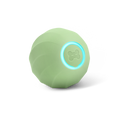
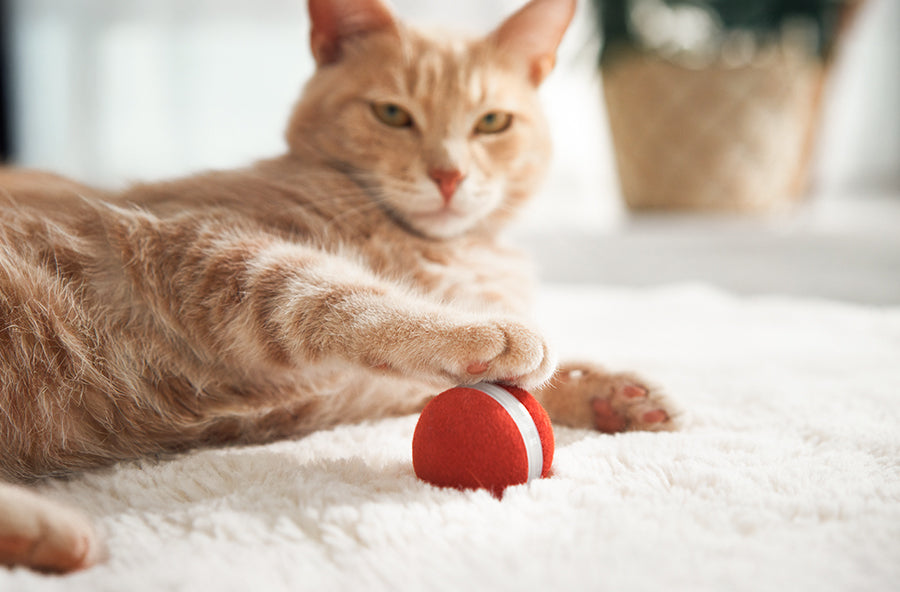
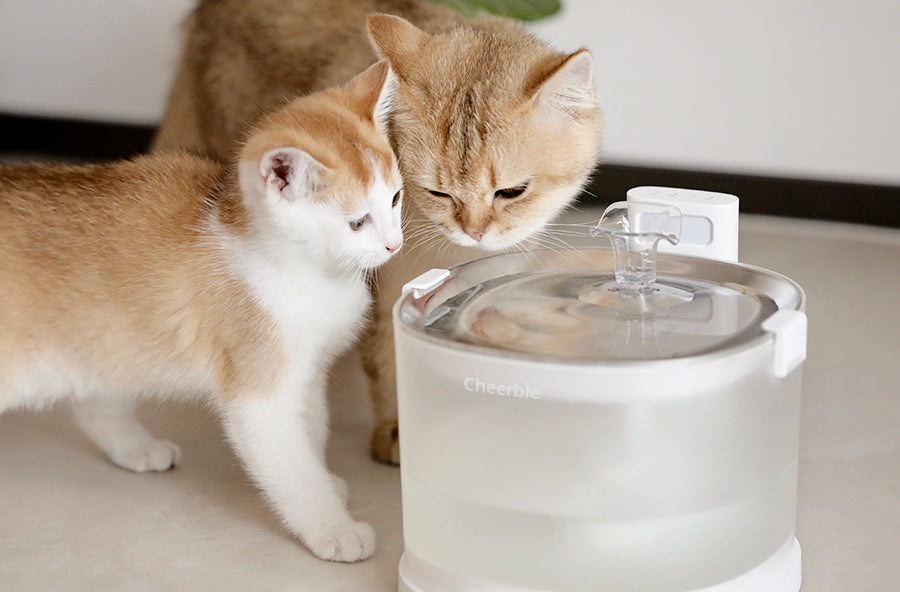
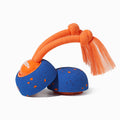
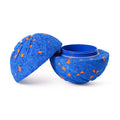
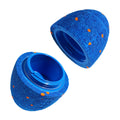
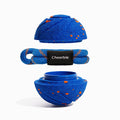
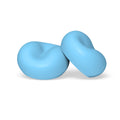
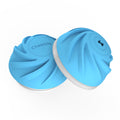
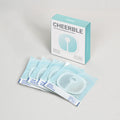
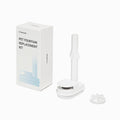
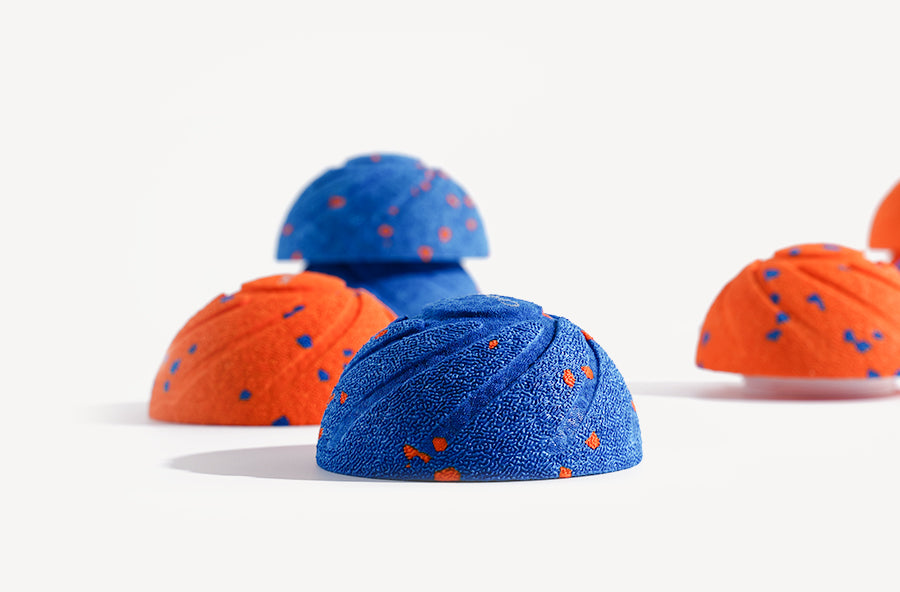
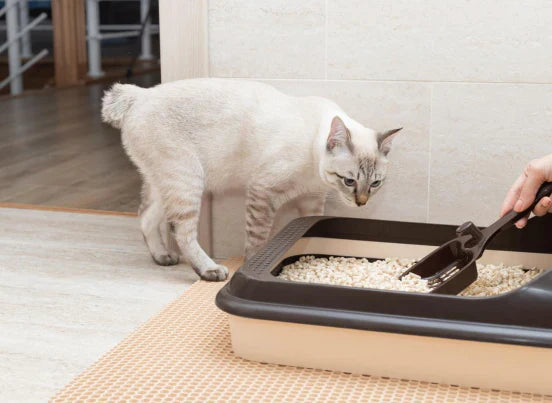
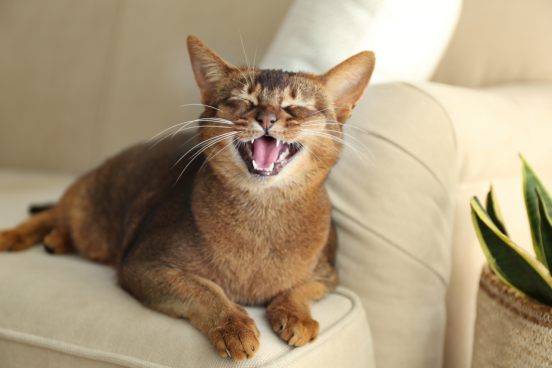
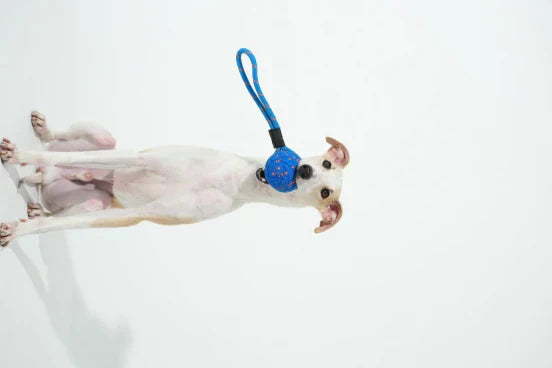

Leave a comment
All comments are moderated before being published.
This site is protected by hCaptcha and the hCaptcha Privacy Policy and Terms of Service apply.